Mortal Kombat has become synonymous with blood, gore, gruesomeness, and altogether pushing the boundaries on what people can stomach in interactive entertainment. In fact, it was one of the original games that preempted the need for that fancy little ratings system that you see on your box art. There are those who claim that if MK didn’t do it, something else would have, the same way they will try to say that The Beatles didn’t change the face of music and that someone else would have if they hadn’t come along. While that may be true, the fact is that Mortal Kombat did do it — so did The Beatles for that matter — and NetherRealm is doing it again with Mortal Kombat X.

You obviously go into Mortal Kombat expecting some level of over-the-top fatalities and ridiculousness gruesomeness that you can’t really get with any other game (or in many other forms of media, for that matter). Even with this expectation in place, Mortal Kombat X still manages to surprise, outdoing even itself for some of the most shocking fatalities I’ve ever seen. This isn’t a rehashed bout of gore for the current generation. This is an all-new festival of blood and grisly violence that continues to push the boundaries and set the bar for what we can expect in games in terms of mature graphic content. Whether you like the uber-violence or not, there has to be some credit given for pushing that edge forward.
And Its Depth Knew No Bounds
MKX is absolutely the deepest in the series in terms of its fighting mechanics, expanding on both NetherRealm’s previous Mortal Kombat work, as well as taking things learned from their time with Injustice. Interactive objects make an appearance in each stage, but don’t offset the balance of the match as much as they did in Injustice. The energy meter returns, allowing you to burn your meter for special moves and combo breakers, or risk saving it all up for the super powerful X-ray abilities. This gamble is just one layer of the strategy offered in the fighting system. There’s a depth to the fighting system that rewards the expert players, but doesn’t completely alienate those who may not always play fighters.
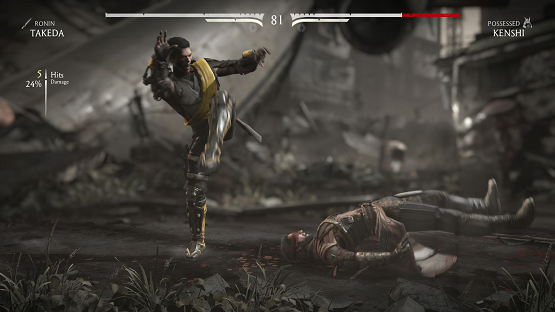
The biggest change-up to this iteration of Mortal Kombat is the ability to select between three different variations of each character. While it doesn’t completely change the way the character feels, it can often affect up to half of the characters move-set, meaning that you can fine tune any character to play more or less how you want them to. Turn newcomer Takeda into a more Scorpion-like fighter by choosing his Shirai Ryu variation, utilize ranged explosives by selecting the demolition variation of Sonya, or opt for a defensive strategy by selecting that particular variation for Kung Lao. By playing with the three variations, I found myself utilizing more characters that I would not have otherwise, rather than just sticking to the few that I came to know and love.
It’s easy to be a little upset at the series newcomers, especially when they take the place of fan favorites in the roster. I initially hated the unfamiliar and found myself rejecting them — the new generation of Special Forces that are all related to past MK characters, and the denizens of Outworld that fill the void after Shao Kahn’s defeat. Surprisingly, these characters became some of my favorites, whether it was D’vorah’s quick and poisonous bug centered moves, the modern ninja approach that they took with Takeda, or the bow/staff combo that is wielded by Kung Jin. The new characters fit well into the universe and it’s interesting to bring the series forward to a new generation.
Spotlight on the New Generation
The new characters are here by the way of the story, which takes place at various points spanning the 25 years since the end of the last game. It’s a narrative that tries to focus more on the emotional ties between characters and the families, with the newcomers growing up in their parents’ shadows, yet being responsible for saving Earthrealm from its latest threat. It works as well as it can, bringing Mortal Kombat to a new place and opening a variety of doors for it to move forward into, especially after the last game reset the entire timeline of the series.
The story blatantly focuses on the new generation of kombatants, and does some very interesting things for characters that fans may think that they know, including Scorpion, Sub-Zero, Liu Kang, and Kitana. I know that the story of a fighting game is not supposed to be a huge focus, but NetherRealm have created a living universe where every character has a story and a reason for being there. I’m actually really excited to see where they go next with the story as they have shaken up many of the traditional elements of characters and events that will have an impact moving forward.
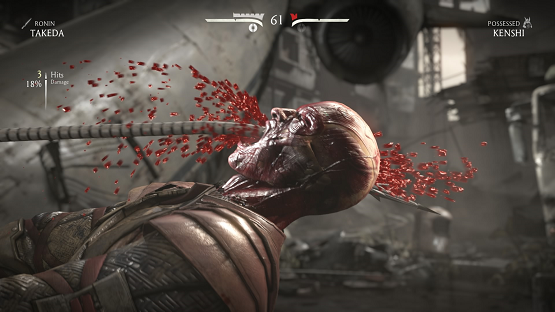
Outside of story mode, there is a wide breadth of content (kontent?) for players to partake in. Standard tower matches are like your typical arcade mode, offering character specific endings for completing them. Living towers are challenges that change hourly, daily, and weekly to provide constantly new trials for players to face. You can also join a platform agnostic faction (meaning that results are uploaded online and universal for all players, regardless of platform) and earn points towards helping your chosen one win, though the system feels very unbalanced at the moment, as players can change factions at any time and it seems they are just making an exodus to the winning one.
If you want to fight other players, you can do so online. Again, there is a huge variety of options when competing with other players , whether it’s jumping into a King of the Hill match or lining up with others from your faction for a team faction battle (though the less popular factions have a very hard time finding players). In my experience online, I rarely had freezes or lag that impacted the gameplay. It ran very smoothly, much like the rest of the game, though connecting to the online servers occasionally took a longer time than I would have liked. Once I was in though, the game was good to go.
And Even More Kontent
Rounding off the wealth of content, there is the Krypt, which is the Mortal Kombat staple for unlocking costumes, fatalities, brutalities, concept art, and more. MKX’s Krypt plays out like a first-person, grid-based dungeon crawler, complete with enemies, an inventory of items to help you get around, and plenty of secrets. I do wish it was a little more refined so that I could more easily find where there were objects that I haven’t unlocked, but I still had a lot of fun wandering around and trying to discover all the secrets that Krypt held, while also unlocking even more content for me to use in the actual game.
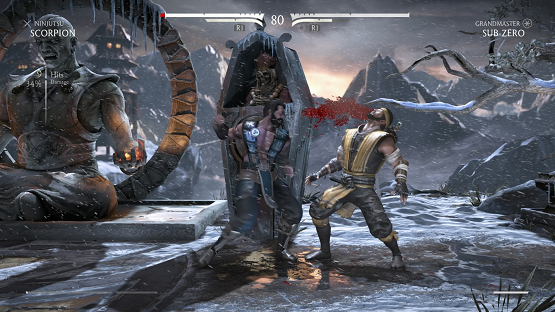
Mortal Kombat X is the biggest and boldest entry in the series, pushing the boundaries on gruesomeness, offering an abundance of content, game modes and unlockables, and altogether bringing the franchise forward into the current generation. MKX succeeds in exploring what originally made it great while continuing to build on the possibilities that the future holds, finding that fine balance point for both long time fans and newcomers alike.
Review copy purchased by writer. For information on scoring, please read our Review Policy here.
-
Pushes the boundaries
-
Smooth combat that feels good
-
A wealth of content
-
A great mixture of classic and new
-
Online can take a while to load up
-
Faction war is unbalanced
Mortal Kombat X - Everything You Need to Know
-
Mortal Kombat X - Everything You Need to Know
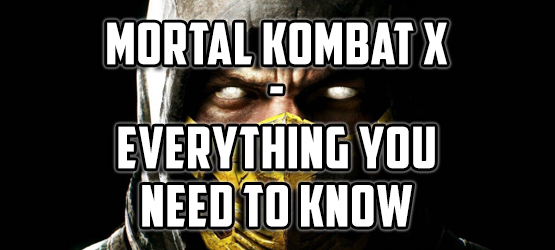
-
There's a Free-to-Play Mobile Version That Will Unlock Main Game Content
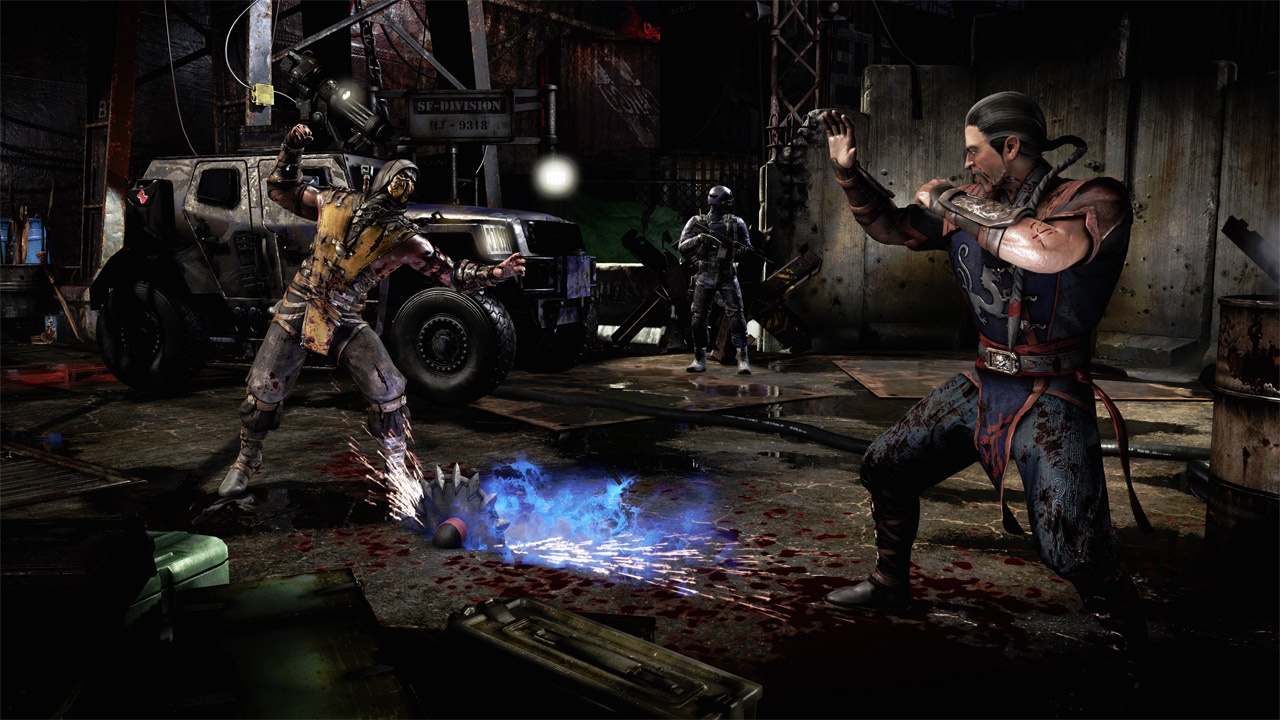
Synergy! Mortal Kombat X has a F2P version on mobile, and playing it will net you some goodies in the main game.
-
Watch the Official MKX Fightpad in Action, Not Available for PS3, PS4 in the UK

Mortal Kombat X will have an official fightpad for those who prefer that to an arcade stick, and regular controller.
However, those in the UK and want to buy the pad for the PS3 and PS4, will have a tough time getting one, sadly.
Franchise creator Ed Boon also confirmed that the PS3 fight sticks will work with the PS4 version of MKX.
-
The Story Will Be a Direct Continuation of MK9

At gamescom 2014, studio boss Ed Boon confirmed that Mortal Kombat X will be a "direct continuation" of MK9; and that it will span 25 years.
-
There's Already a Day One Update Out Now
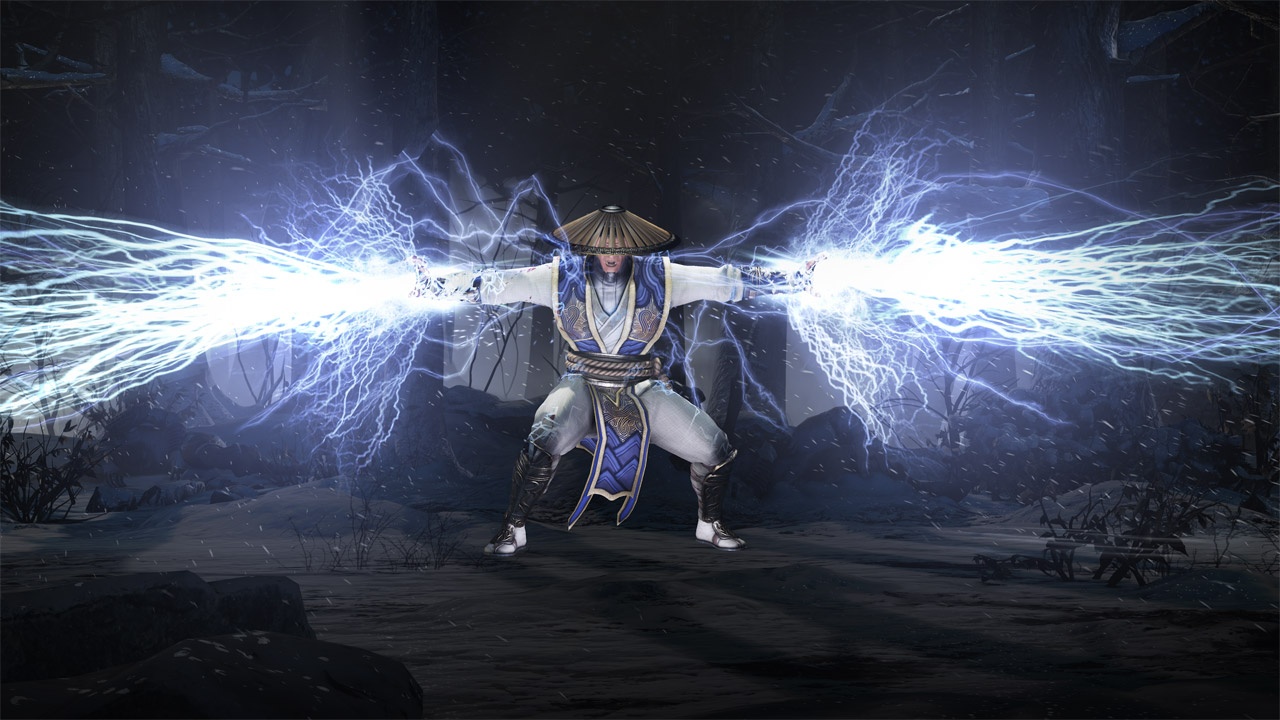
While Mortal Kombat X is set for release on April 10, there's already a day one 1.8GB update out now.
From the PS4's update history, here's what NetherRealm changed:
- Improved online stability
- Multiplayer invite improvements
- Gameplay fixes and balancing
- Localized language fixes
- Bug fixes
There's a few more changes (allegedly) that the patch did, and you can read more about it here.
-
Lose Yourself in Lots and Lots of Gameplay Videos

Can't wait next week? We have a lot of gameplay videos to whet your appetite!
Bunch of Characters and Fatalities
Here's What the Character Selection Screen and Skins Look Like
-
Here are the Trophies You Can Earn
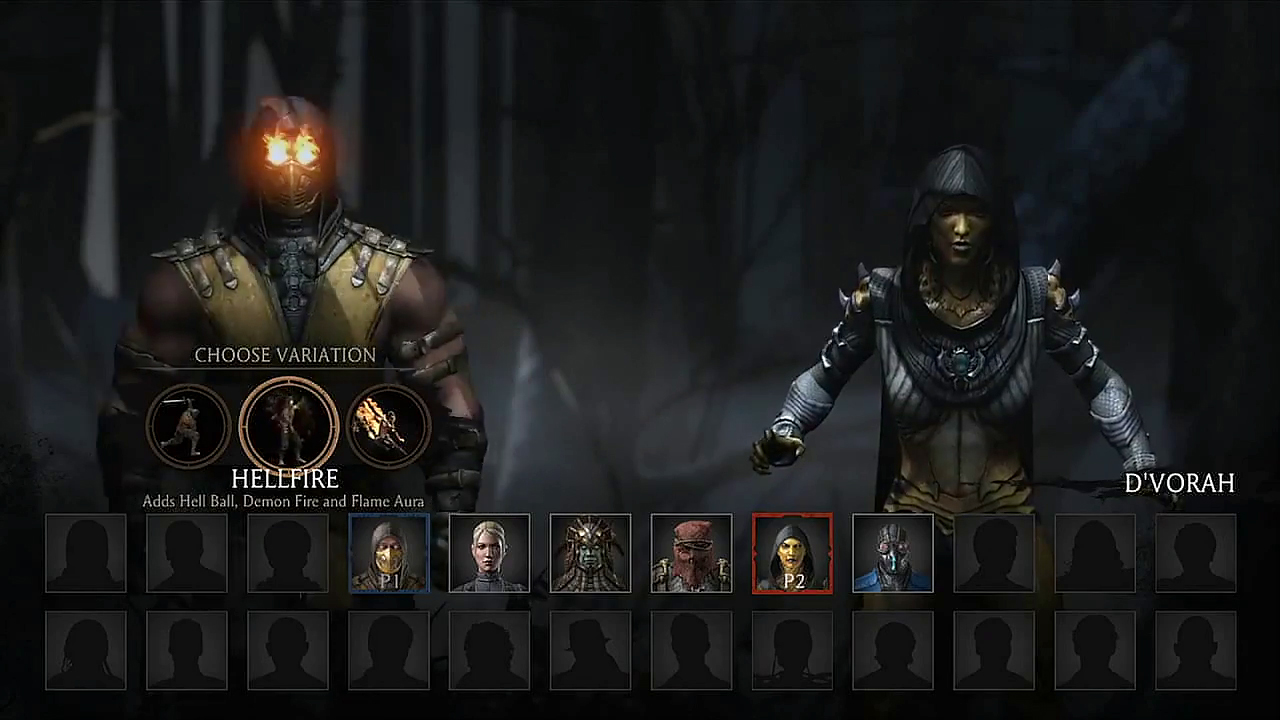
Spoiler? Nah, not really...well, it might be for some.
-
Don't Expect a Demo
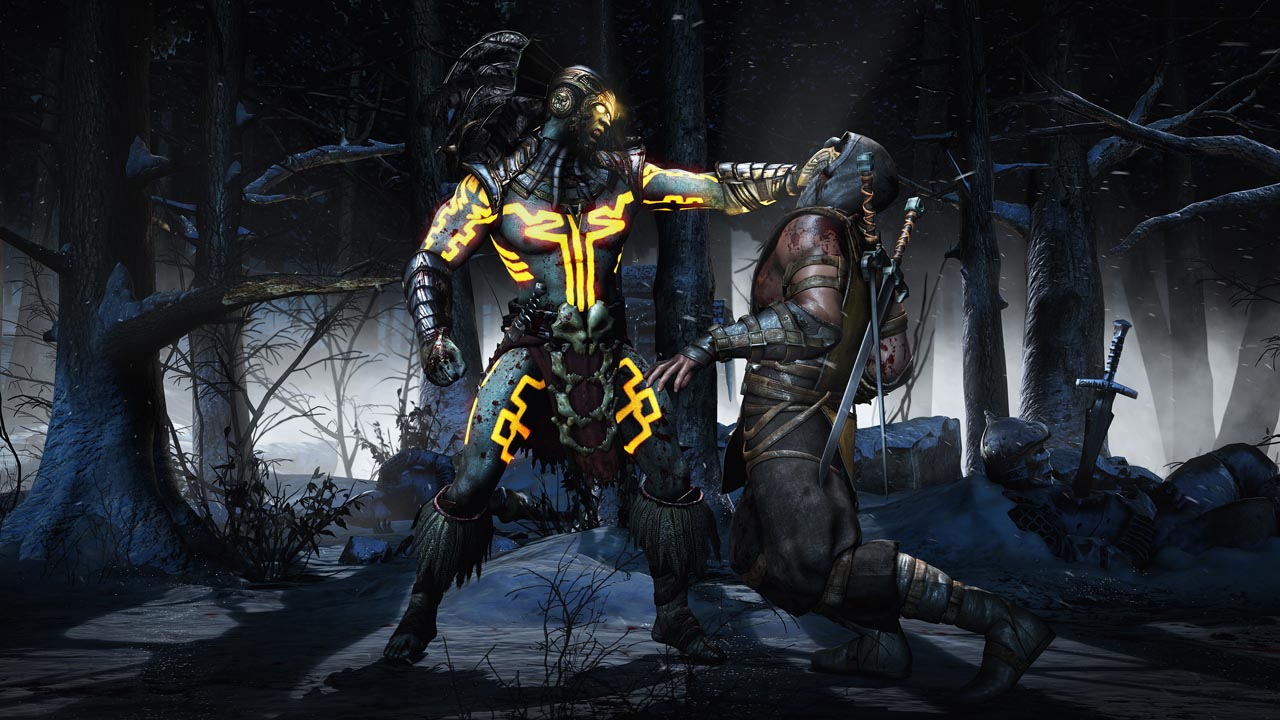
Nope, no demo for anyone, sadly.
-
NetherRealm Isn't Developing the Last-Gen Versions
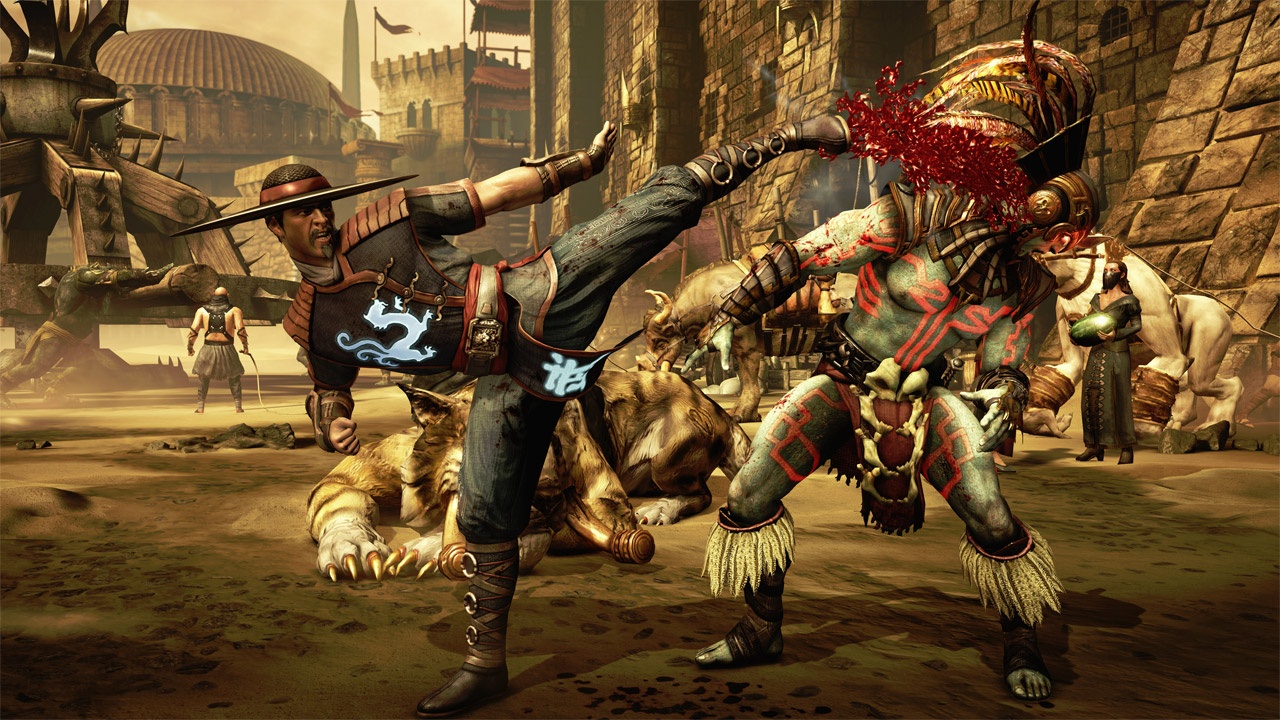
In order to be focused "100 percent" for next-gen, Warner Bros. has tapped High Voltage to develop MKX for PS3 and Xbox 360.
High Voltage has worked on Injustice: Gods Among Us Ultimate Edition for the PS4 and PC, and a few other games.
You can read the full story, as well as WB's full statement on it here.
-
Yep, MKX Has a Season Pass
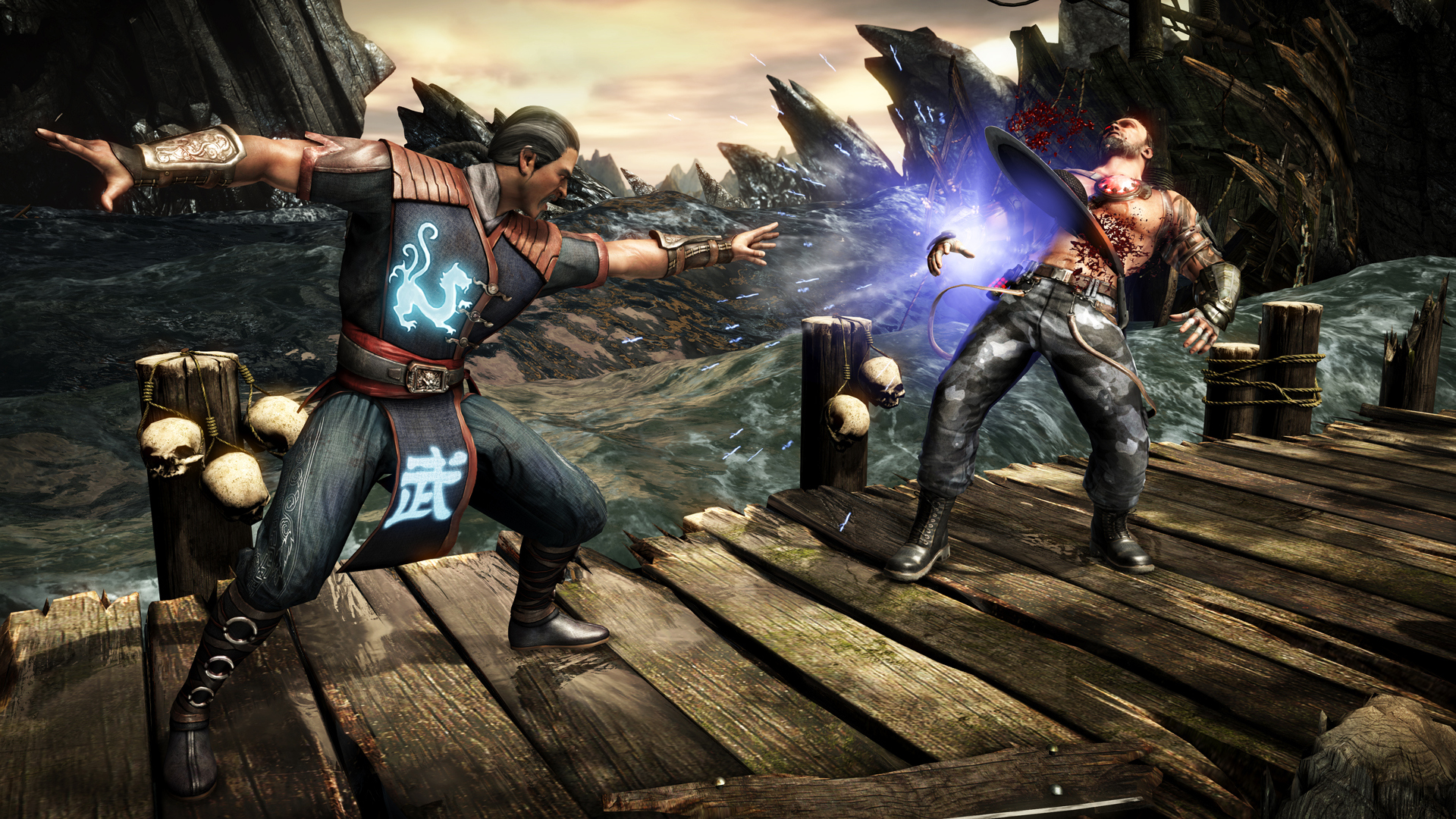
Mortal Kombat X will have a Season Pass, which its predecessor also had.
The "Kombat Pack" will include four full characters, and five new skin packs.
-
MKX Will Have Brutalities, Fatalities and
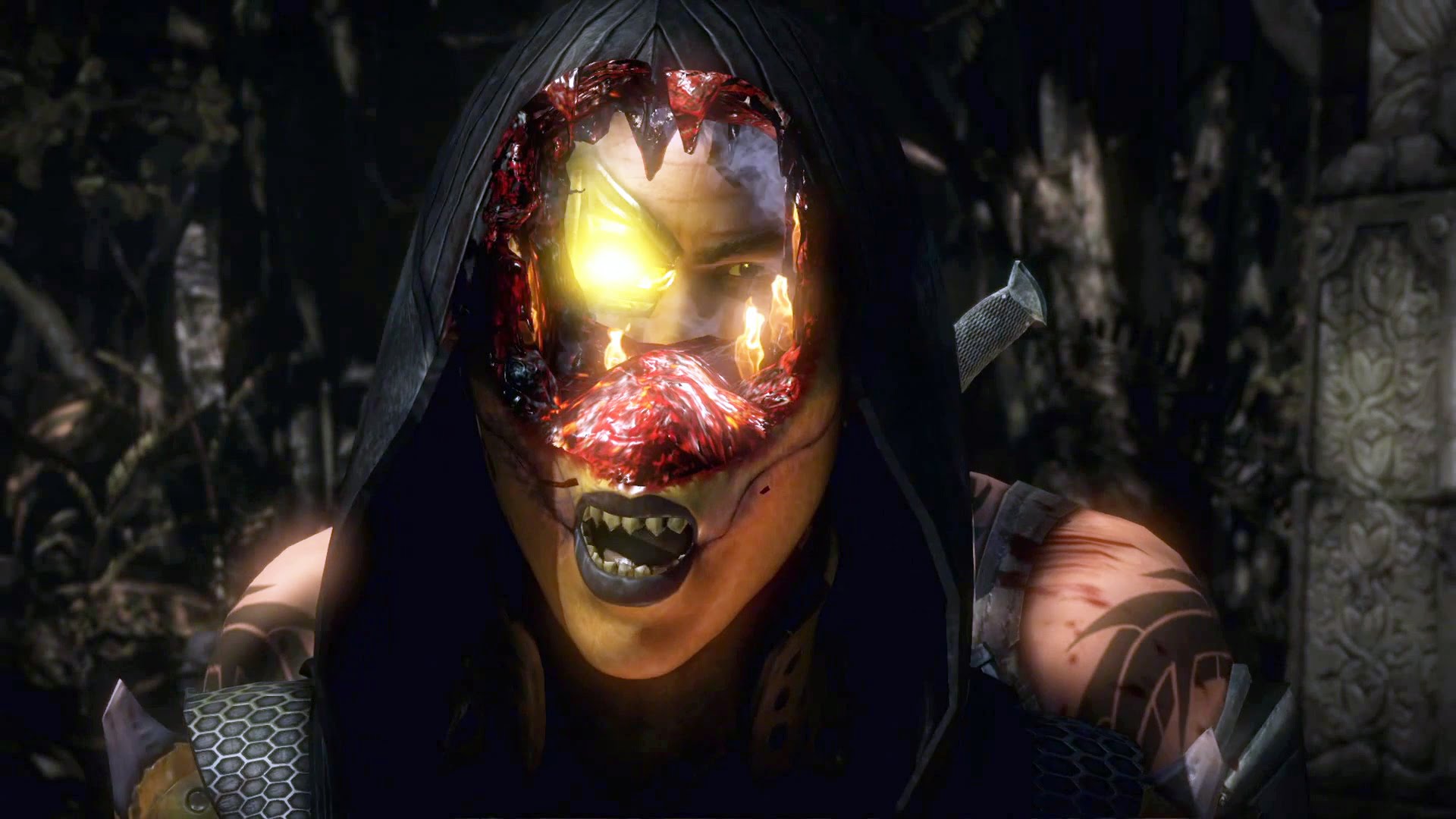
Find fatalities in the game hard to pul off? NetherRealm has you covered in that area with "easy" fatalities.
Brutalities have also been confirmed...ouch!
Finally, a new "-ality" has been introduced, which is perfect for online matches...the "Quitality"
-
It Might Have Micro-Transactions

In an interview, NetherRealm Studios Marketing Manager Brian Goodman let slip that the company was not “yet” prepared to discuss micro-transactions, hinting that they could be present in the game. He then noted that a future announcement would be made on the subject.
-
DLC?! Spawn, Jason Voorhees and More, but No Platform-Exclusive Ones
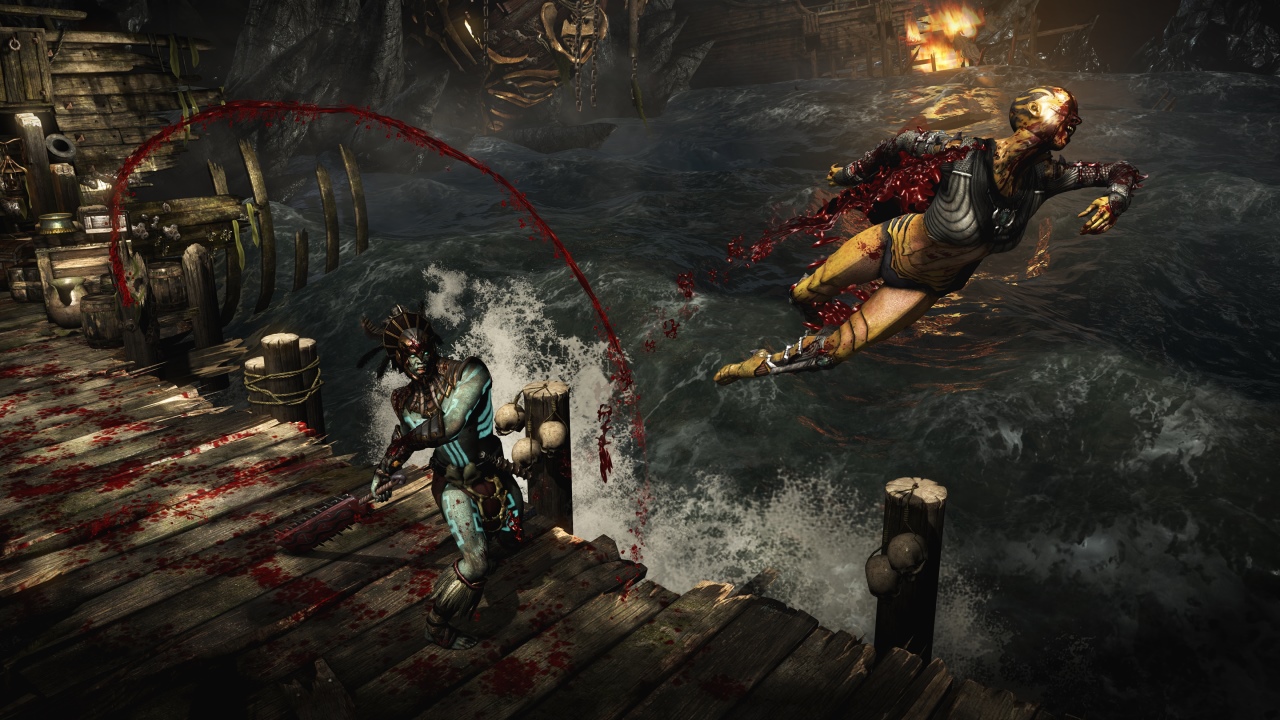
First the good news: players can try the DLC characters without buying the content in the "Living Towers" mode.
However, even so, there's a lot of DLC stuff planned for MKX, and you might balk at it if you're not used to that sort of thing
Jason Voorhees from the Friday the 13th movie series has been confirmed to be in one "pack." You can read up on every pack's content here.
The Predator has also been confirmed to make an appearance
Remember Spawn? He might also make an appearance, too.
Finally, another bit of good news! NetherRealm has confirmed that MKX will not have platform-exclusive characters. That's good, right?
-
Learn More About Living Towers and Faction War
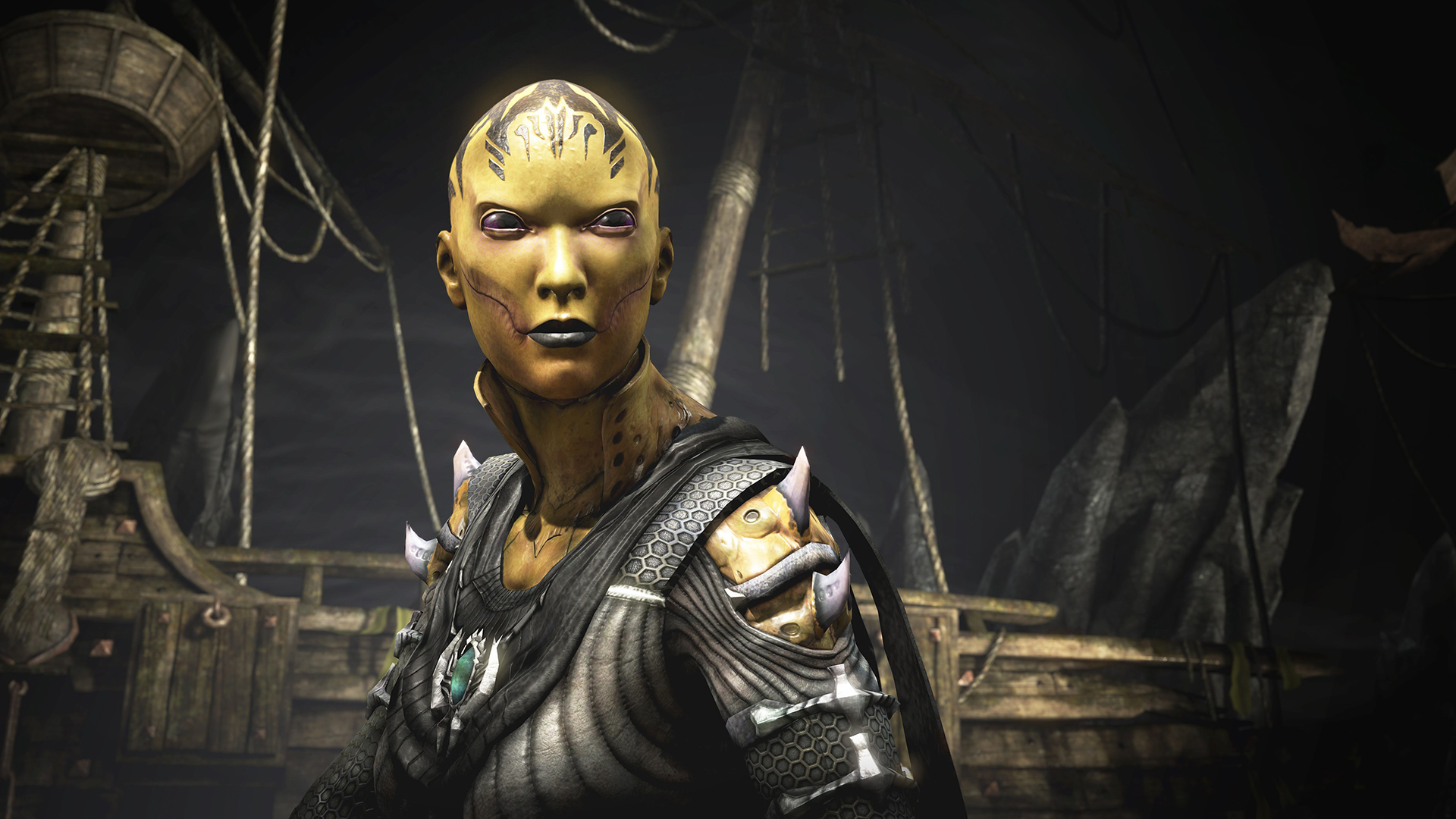
Spicing things up in MKX are the Living Towers and Faction Wars. It's kind of hard to explain, so I'll let this video do the talking.
-
Here are the Mortal Kombat Kollector's Editions
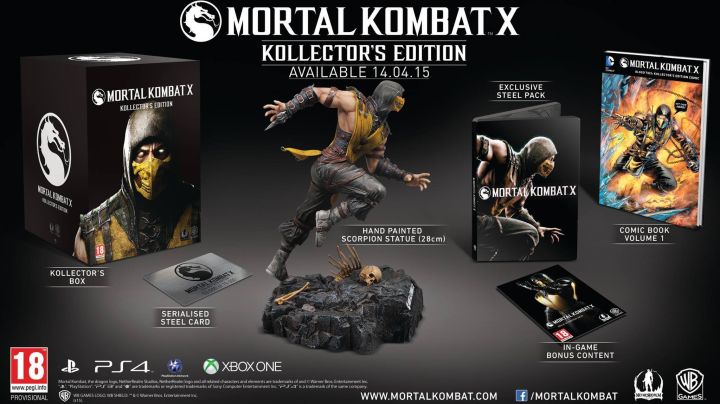
If you like collecting various stuff, Mortal Kombat X will have a Premium, Limited, and Kollector's edition available at launch.
Ranging from $90-$180, the content included varies a fair bit.
-
Goro is a Pre-Order Bonus, Watch Him Be Brutal Now
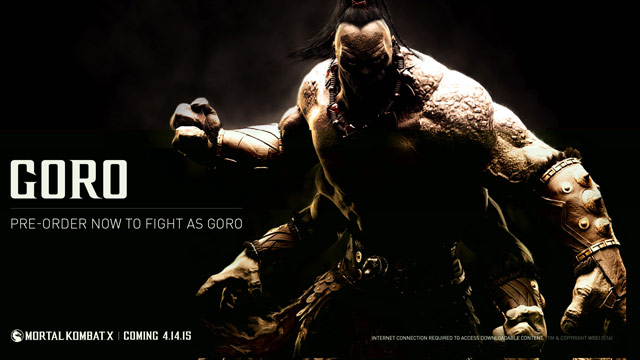
Sadly, the four-armed boss of MK1 is now sectioned off as a pre-order bonus. If you're on the fence, go watch this video to see what you might be missing (or not).
-
We Played It Already, and Talked to NetherRealm About It, Too!
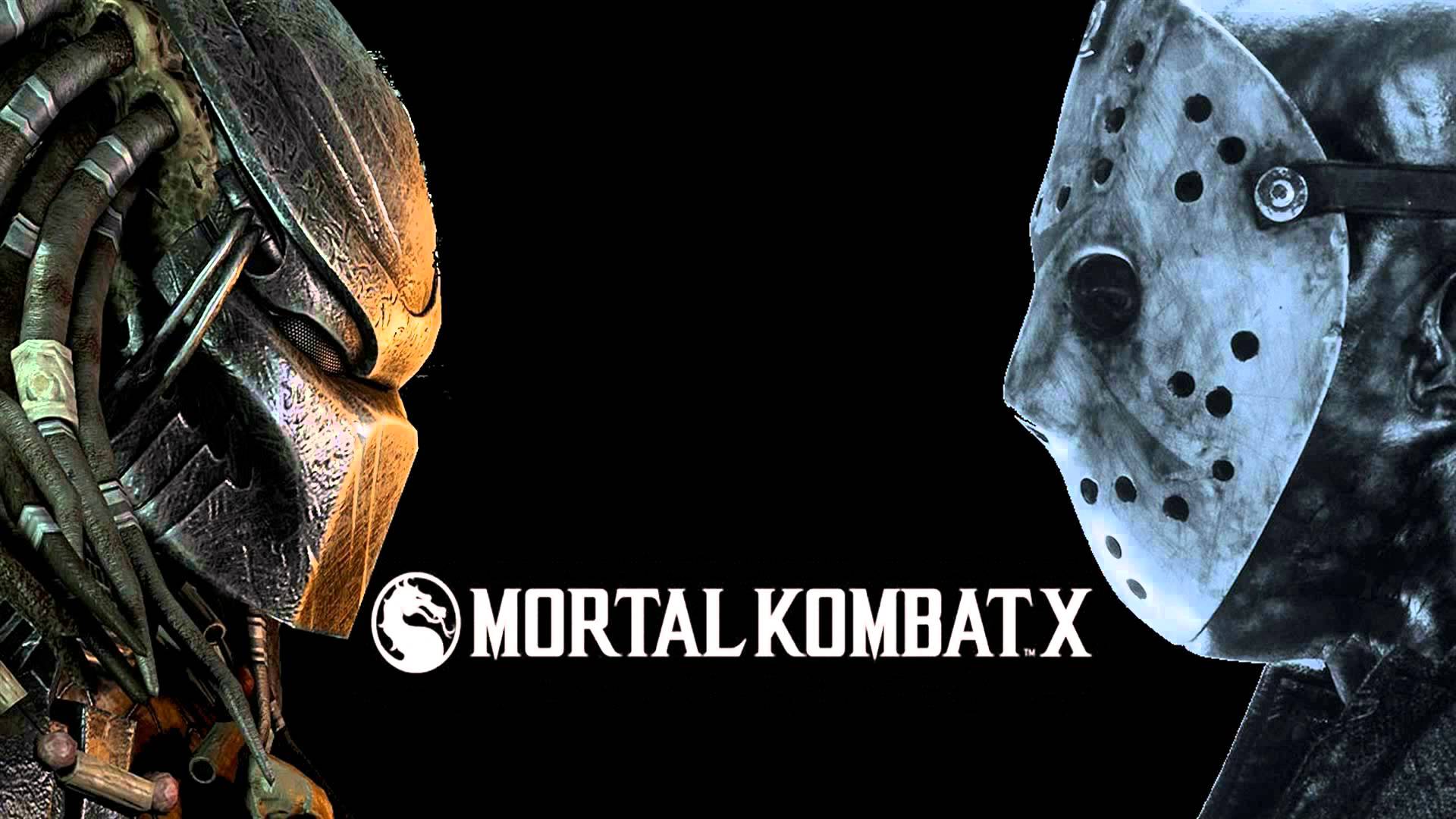
Yep, we got some early hands-on time with Mortal Kombat X and here's what we thought of it so far.
Oh, we also interviewed NetherRealm about DLC, the roster, fatalities and more.





